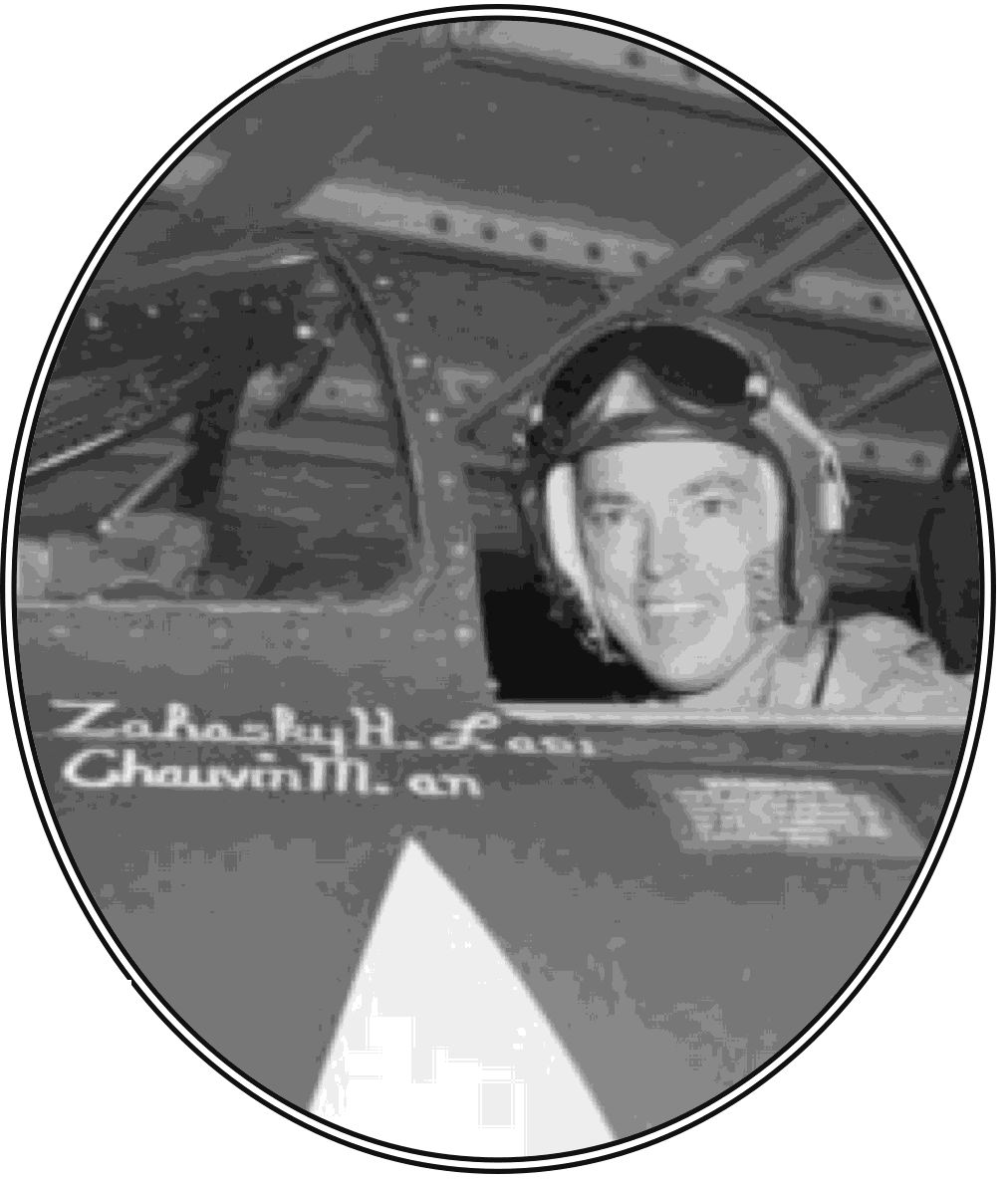
188
UNITED STATES NAVAL AVIATION
1910-1995
1950-Contin ued
First Marine Division landed on Wolmi Island at 0630
and, after landing craft were regrouped and the tide
was again favorable, followed up with a successful
assault of the mainland at Inchon.
Beginning 12 September carrier support was pro-
vided by two carriers in preliminary strikes in the
objective area and on highways leading into Seoul,
and was augmented by two escort carriers the day
before the landing and by the arrival of
Boxer
on D-
day. The HMS
Triumph,
operating with the Blockade
and Covering Force, provided air defense for the
assault forces enroute. As the troops advanced inland,
carrier support continued until 3 October with close
air support missions and strikes against enemy lines
of communications.
18 September
Fleet Logistic Air Wing was replaced
by Fleet Logistic Air Wing, Atlantic/Continental, and
assigned status parallel to that of the previously estab-
lished Fleet Logistic Air Wing, Pacific.
19 September
Two days after the capture of Kimpo
Airfield by troops working inland from Inchon, the
first elements of MAW-l arrived from Japan, and early
the next morning began air operations from Kimpo
with strikes supporting troops advancing on Seoul.
23 September
An H03S-1 helicopter, equipped
with an automatic pilot developed by the Aeronautical
Instruments Laboratory, was successfully flown with
three axis automatic control at Mustin Field,
Philadelphia, Pa.
2 October
The Bureau of Aeronautics authorized
the establishment of Project Arowa (Applied Research:
Operational Weather Analysis) at Norfolk, Va., for the
purpose of developing basic meteorological research
data into practical weather forecasting techniques.
10 October
The carrier force moved into action off
the east coast of Korea with strikes and sweeps from
Wonsan to Chongjin in preparation for amphibious
landings at Wonsan. When a heavy concentration of
mines in the harbor delayed the scheduled landings,
the carrier attack shifted northward and inland to assist
the advance of UN forces which, by the time the land-
ings were made on the 26th, had swept past the
intended objective area and were advancing toward
the Yalu River.
28 October
The Chief of Naval Operations directed
that each station, air group, wing, and squadron estab-
lish a permanent Instrument Flight Board to check the
instrument flying proficiency of Naval Aviators and
Naval Aviation pilots and to supervise and coordinate
the instrument training of all pilots attached. It was
further directed that, with certain exceptions, all
Group I Naval Aviators maintain a valid instrument rat-
ing after 18 months from date.
29 October
The fast carrier force retired to Sasebo,
Japan, as the advance of UN forces toward the Yalu
River rapidly reduced the area which could be
attacked and there was no further need for its services.
31 October
The National Advisory Committee for
Aeronautics (NACA) issued a report on tests at the
Langley Aeronautical Laboratory in which a wind tun-
nel was used to determine the characteristics of a fully
submerged, high-speed submarine. The interrelation-
ships of basic naval sciences dealing with aeronautics
and naval architecture were thus reemphasized.
6 November
As
enemy opposition stiffened, the fast
carrier forces returned to action, attacking targets in
their assigned area east of the 127th meridian. Two
days later, the force was given a primary mission of
cutting off Chinese Communist reinforcements from
Manchuria by destroying the international bridges
across the Yalu River.
9 November
The initial strikes against bridges cross-
ing the Yalu River at Sinuiju were opposed by enemy
MiG-15s. In this, the first encounter of Navy jets with
Amen
downed
Navy's
first
MiG
421821
 |
6 |
 |